United Nations Environment Programme
environment for development
Featured Reports
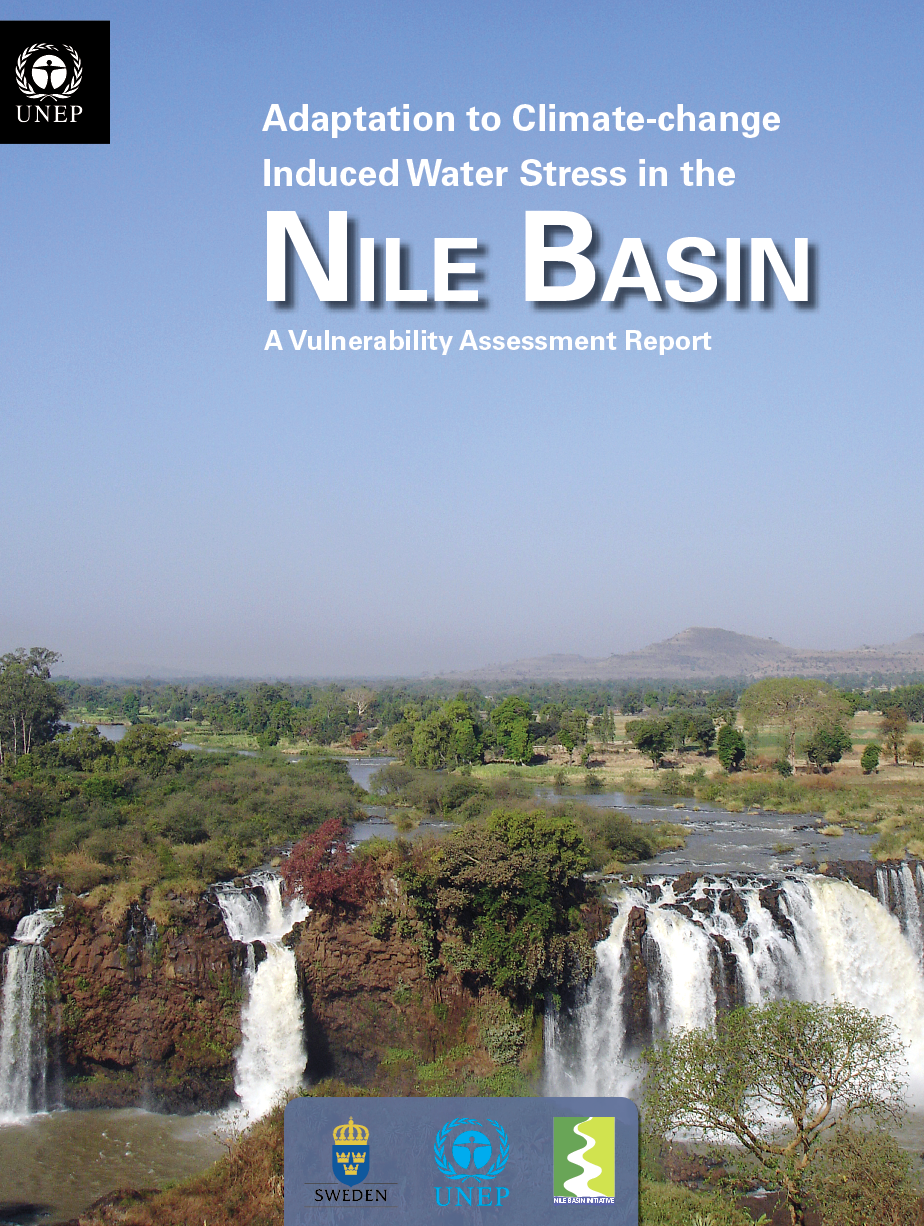
Adaptation to Climate-change Induced Water Stress in the Nile Basin - A Vulnerability Assessment Report
This publication presents a quick and clear overview of the people and places vulnerable to water stress related to the impacts of climate change in the Nile Basin. The report’s insights and information should enable countries and relevant stakeholders involved in managing the Nile River Basin to make evidence-based policy choices and decisions that ensure the sustainability of the Nile and its resources.
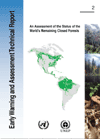
An Assessment of the Status of the World's Remaining Closed Forests
Short of a miraculous transformation in the attitude of people and governments, the Earth's remaining closed-canopy forests and associated biodiversity are destined to disappear in the coming decades. Knowing it is unlikely that all forests can be protected, it would be better to focus conservation priorities on those target areas that have the best prospects for continued existence. Hence it is critical to assess the extent and distribution of such areas using the latest scientific information.
<a href="http://na.unep.net/siouxfalls/publications/closedforestmap.jpg"> The World's Forests Poster (JPG 108kb)</a>

Analyzing Environmental Trends using Satellite Data: Selected Cases
An analysis of recent and historical satellite imagery collected over the past forty years was carried out for Lake Chad in West Africa, the Sundarbans along the India-Bangladesh border, Papua in Indonesia, the Paranaense Forest around Itaipú Dam, and the Harran Plain in southeastern Turkey to provide scientific evidence of environmental change taking place in these ecologically significant regions of the world.
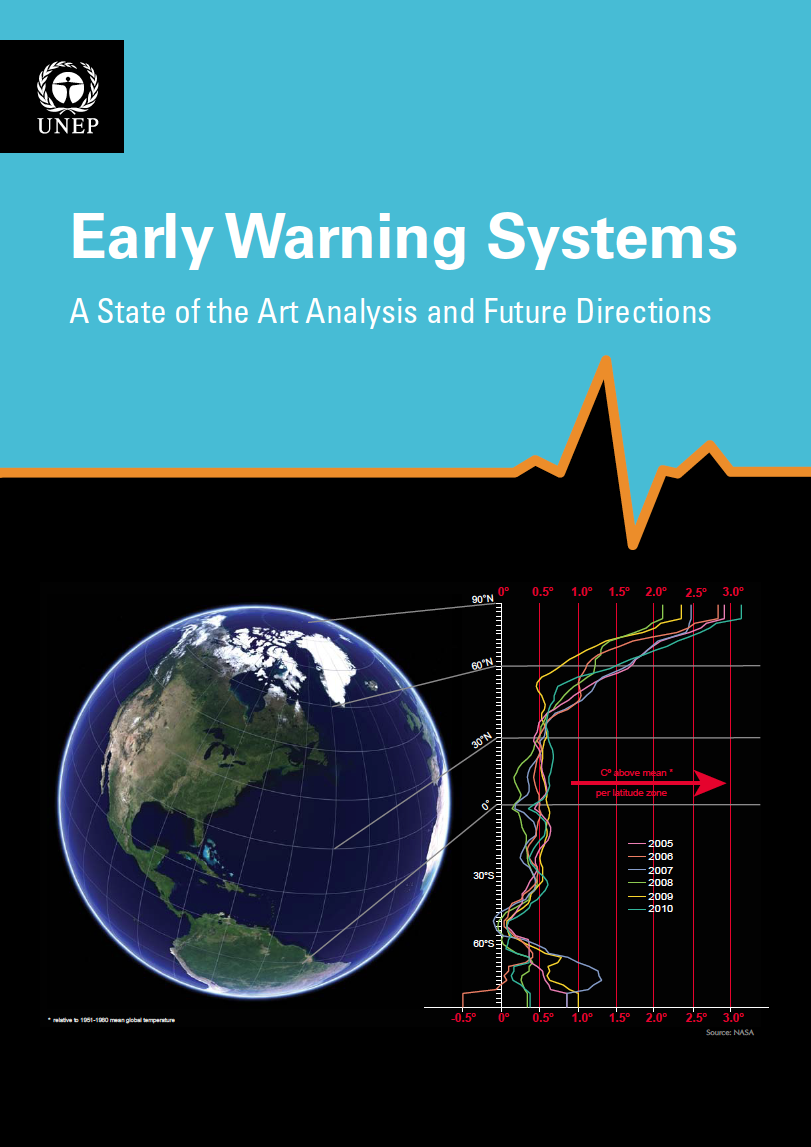
Early Warning Systems—A State of the Art Analysis and Future Directions
At a time of global changes, the world is striving to face and adapt to alteration. A global multi-hazard early warning system is needed to inform us of pending threats. This report presents an assessment of existing monitoring/early warning systems (EWS) and identifies current gaps and needs for developing a global multi-hazard early warning system.
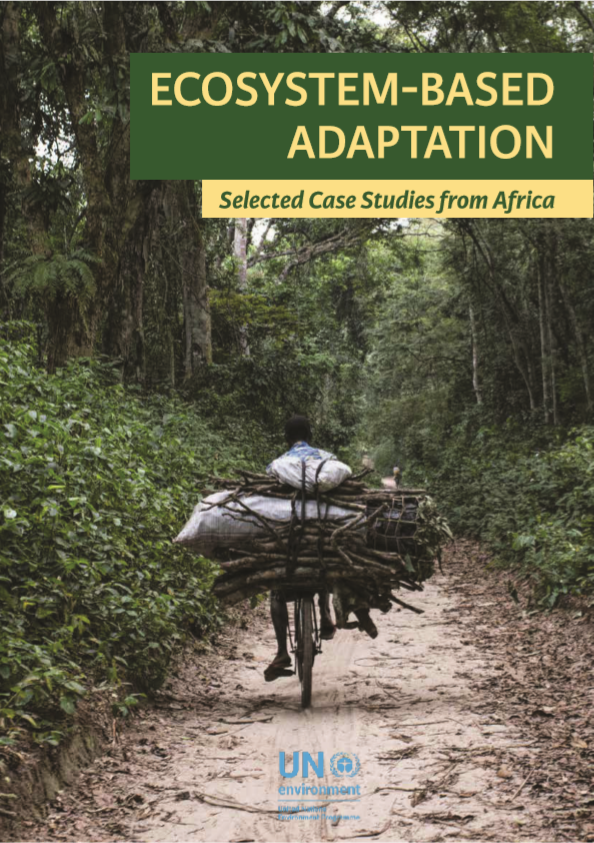
Eco-Based Adaptation (EbA): Selected Case Studies from Africa
Our growing population, people living longer and becoming more affluent is putting more demands and pressures on our limited natural resources as the demand for ecosystems services increases. Efforts to protect the environment can have a negative impact on people’s livelihoods if it does not increase livelihood options from the ecosystem. So how do we maintain a healthy environment as climate changes and at the same time meet people’s needs? Ecosystem-based Adaptation (EbA) may be an answer. This report discusses five case studies related to vulnerable ecosystems and livelihood of people, in the application of EbA in Africa.
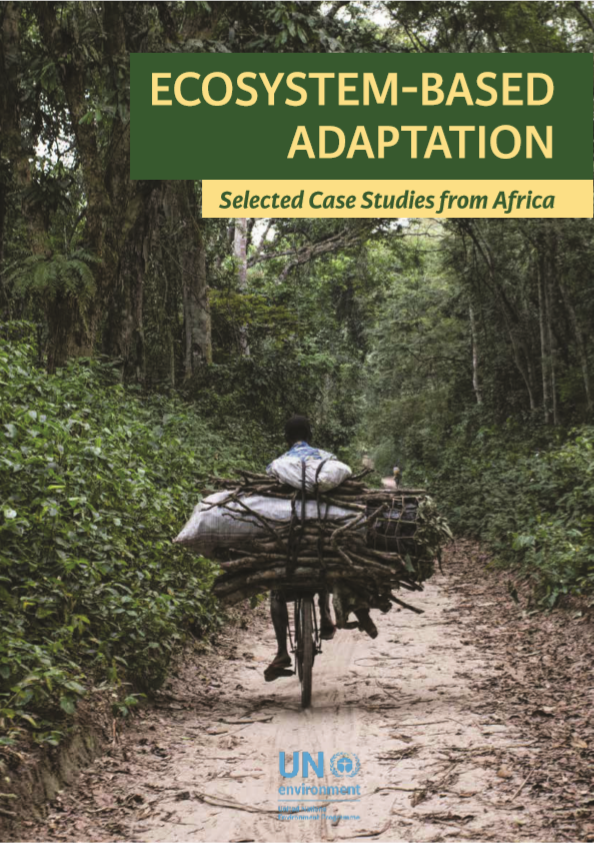
Eco-Based Adaptation (EbA): Selected Case Studies from Africa - French
Our growing population, people living longer and becoming more affluent is putting more demands and pressures on our limited natural resources as the demand for ecosystems services increases. Efforts to protect the environment can have a negative impact on people’s livelihoods if it does not increase livelihood options from the ecosystem. So how do we maintain a healthy environment as climate changes and at the same time meet people’s needs? Ecosystem-based Adaptation (EbA) may be an answer. This report discusses five case studies related to vulnerable ecosystems and livelihood of people, in the application of EbA in Africa.
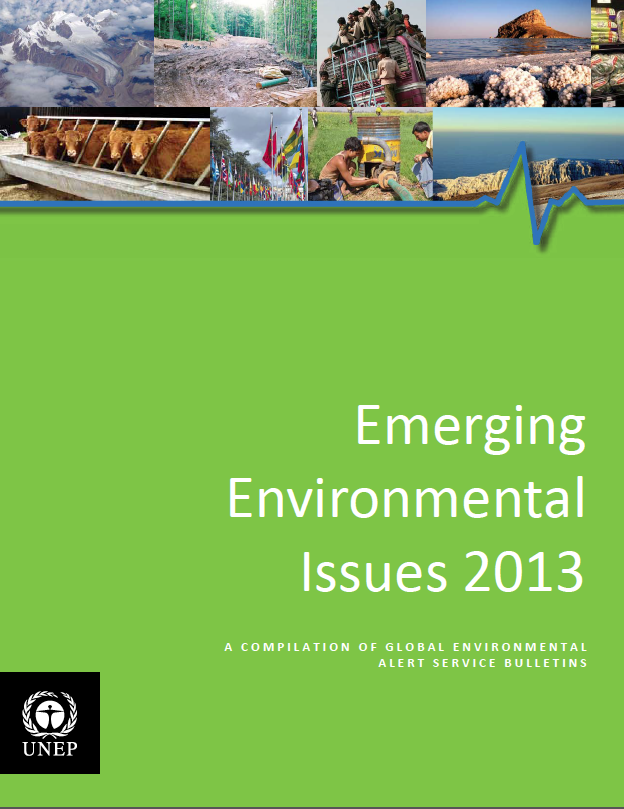
Emerging Environmental Issues 2013
This 2013 Emerging Environmental Issues publication presents the 12 monthly GEAS bulletins in a single
document, allowing readers to note and assess significant environmentalevents that took place that year.
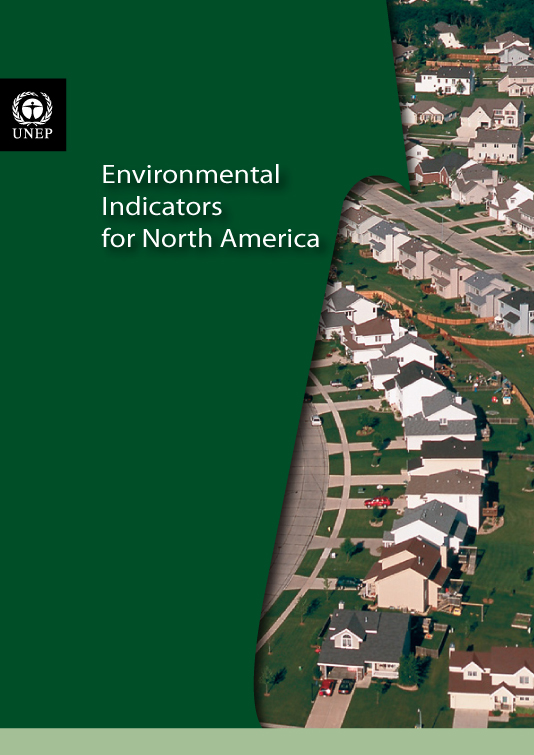
Environmental Indicators for North America
North America's environment—air currents, watersheds, and wildlife and their habitat—is not dissected by political borders. But Canada and the United States often measure environmental conditions and report on them using different indicators. This report examines the environmental indicators used by both nations, suggests a way develop a set of North American indicators, and using a number of common indictors, provides a snapshot of the level of progress being made in protecting the environmental assets and services that underpin North America's economy.
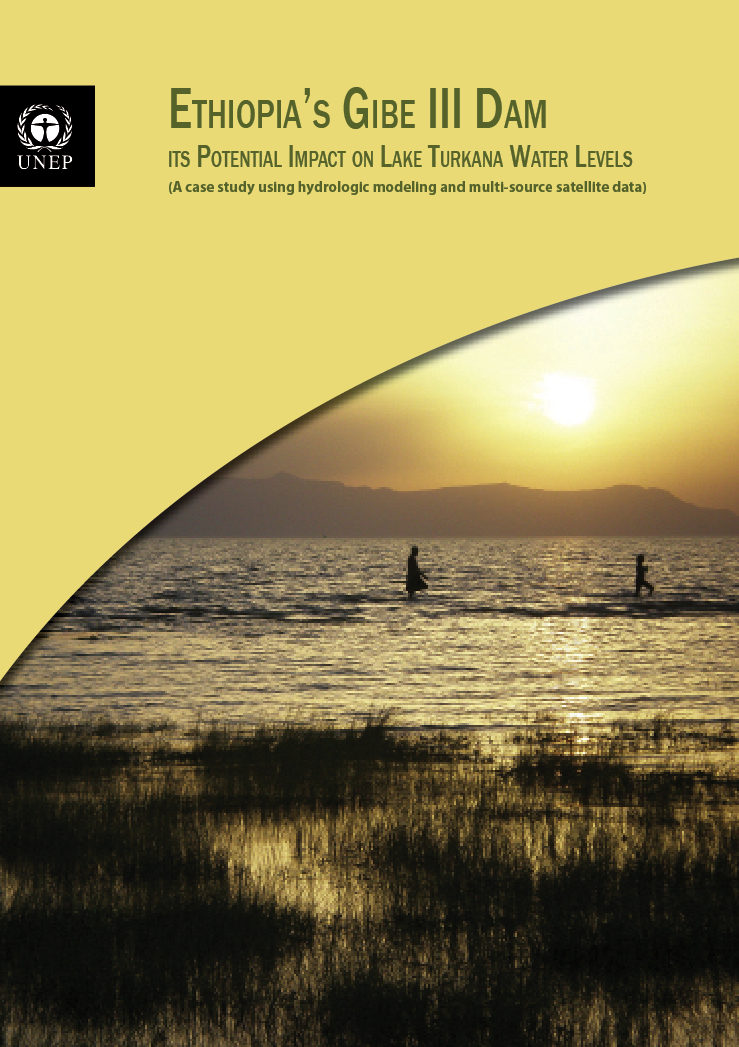
Ethiopia's Gibe III Dam: its potential impact on Lake Turkana water levels
This assessment study uses multiple sources of data to study the potential hydrological impact of the Gibe III dam in Ethiopia on Lake Turkana water levels.
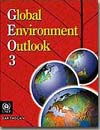
GEO 3 (synthesis)
A global environmental assessment process, the GEO Process, that is cross-sectoral and participatory. It incorporates regional views and perceptions, and builds consensus on priority issues and actions through dialogue among policy-makers and scientists at regional and global levels. Download the complete report at <a href="http://www.unep.org/geo/geo3.asp">http://www.unep.org/geo/geo3.asp</a>.
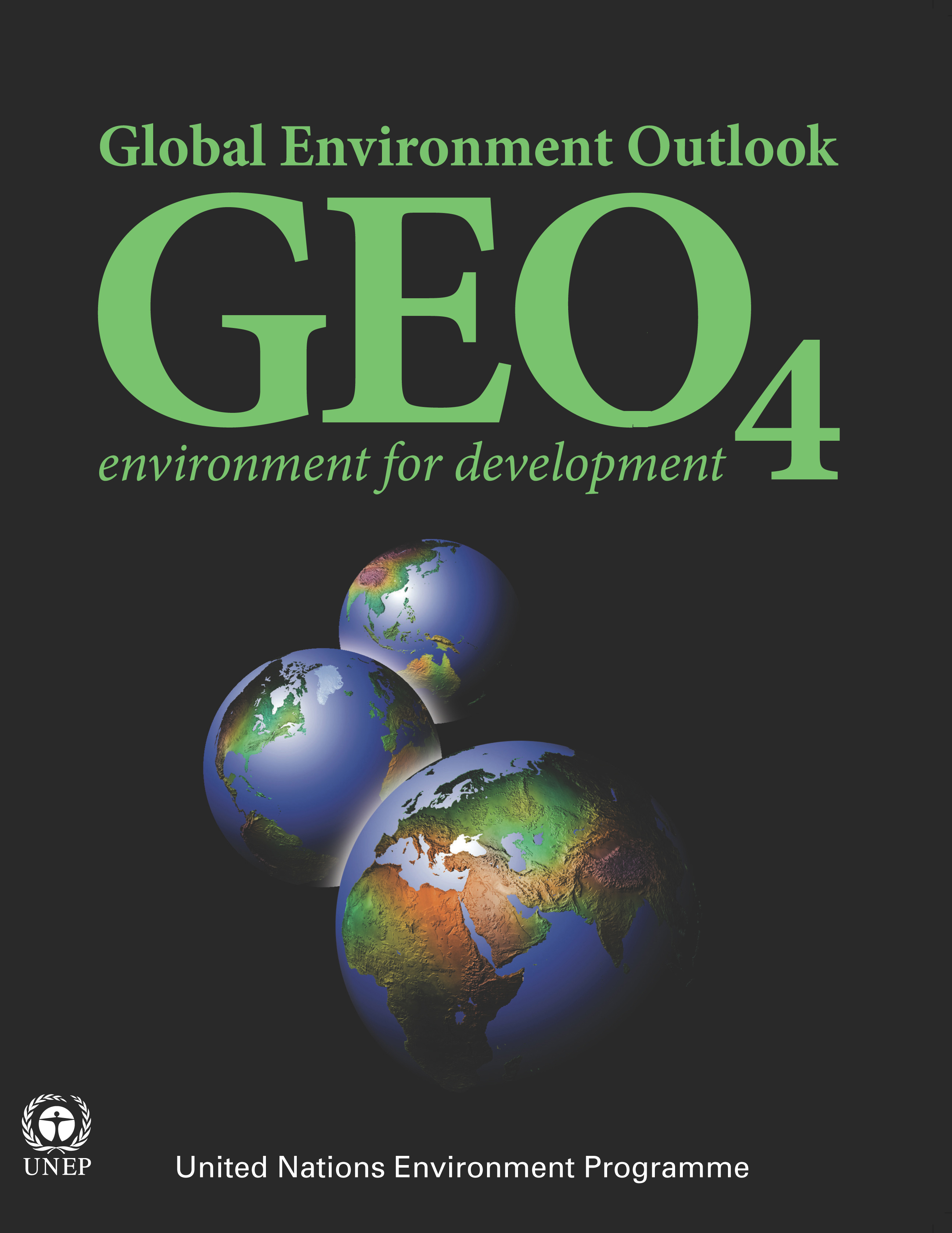
GEO 4
The fourth GEO assessment is a comprehensive and authoritative UN report on environment, development and human well-being for decision making. For more information and download options, please visit <a href="http://www.unep.org/geo/geo4.asp">http://www.unep.org/geo/geo4.asp</a>.

GEO 5
GEO-5 builds on the findings of previous GEO reports, outlines the current state of the environment, projects future environmental trends and focuses on the smart policies that could put the world on the path of a sustainable future. For more information and download options, please visit <a href="http://www.unep.org/geo/geo5.asp">http://www.unep.org/geo/geo5.asp</a>.
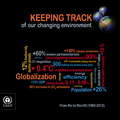
Keeping Track of Our Changing Environment
This innovative publication, which is based on statistical evidence, illustrates major global environmental, economic and social changes since 1992. The numbers tell the story of how, in twenty years, the world has changed more than most of us could have ever imagined. The report has been produced within the framework of UNEP's fifth Global Environment Outlook assessment report, which will be published in May 2012 in advance of Rio+20.
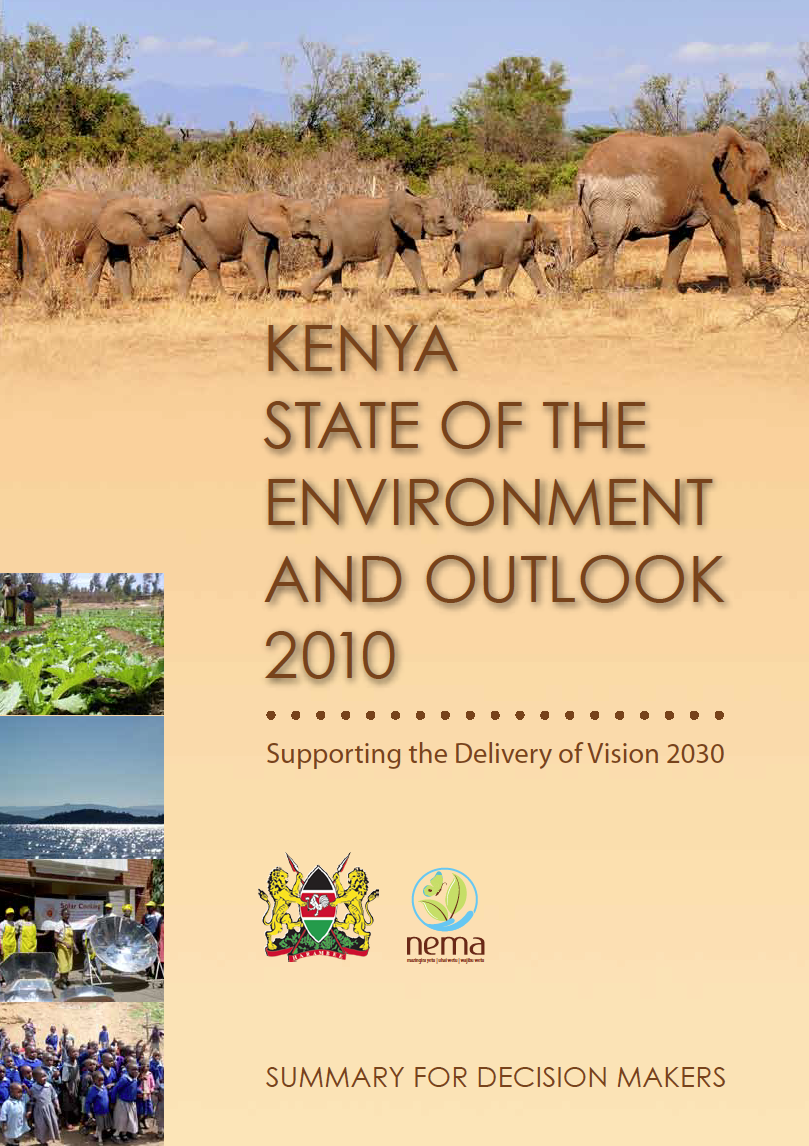
Kenya State of the Environment and Outlook 2010
At a time of global changes, the world is striving to face and adapt to alteration. A global multi-hazard early warning system is needed to inform us of pending threats. This report presents an assessment of existing monitoring/early warning systems (EWS) and identifies current gaps and needs for developing a global multi-hazard early warning system.
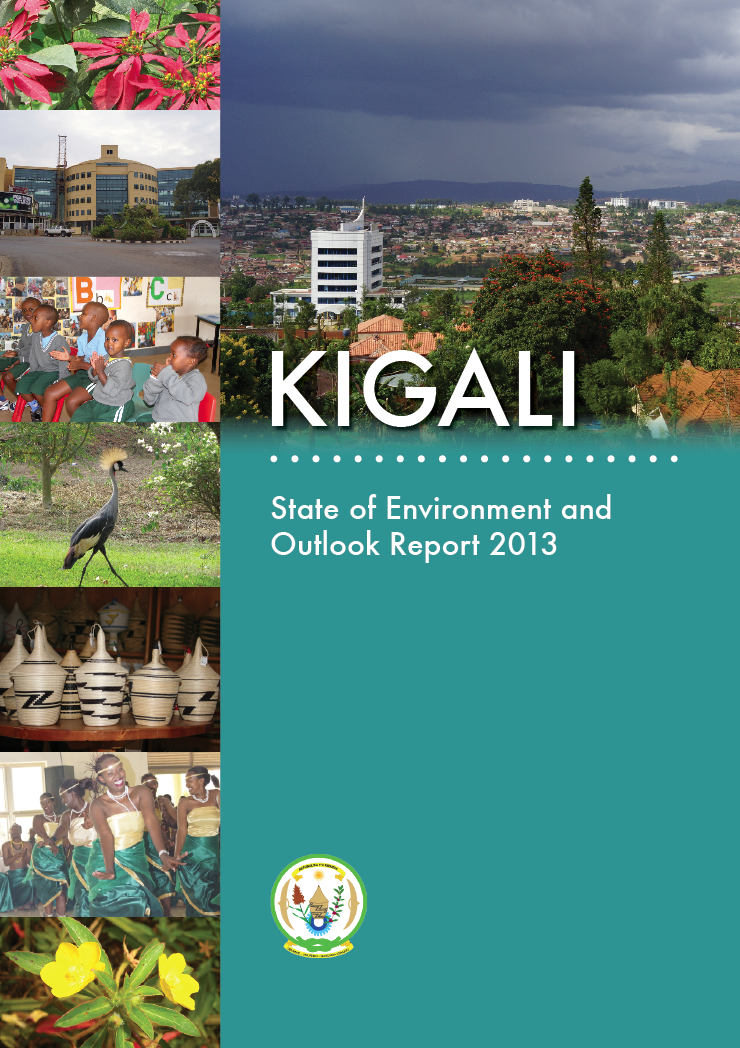
Kigali: State of Environment and Outlook Report 2013
Kigali is home to 10.8 percent of Rwanda's total population (one million people) and is one of Africa's fastest- growing cities. With this success comes challenges that include inadequate water and energy infrastructures, liquid and solid waste management, air and water pollution as well as unsustainable production and consumption lifestyles.
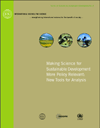
Making Science for Sustainable Development More Policy Relevant: New Tools for Analysis
To date there has been no comprehensive evaluation of the major scientific assesments of the past two decades that address questions like, what topics have been covered? Are there important topic gaps? What are the successes and failures? This report proposes that the relevant international scientific organizations, in co-operation with intergovernmental organizations jointly undertake such a comprehensive evalutation. Report created by International Council for Science.
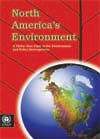
North America's Environment: A Thirty–Year State of the Environment and Policy Retrospective
Focusing on UNEP's North American region, comprised of Canada and the United States, this report provides an integrated analysis of the state of resource assests and 30–year trends in nine major themes: atmosphere, biodiversity, coastal and marine areas, disasters, freshwater, forests, human health and the environment, land, and urban areas.
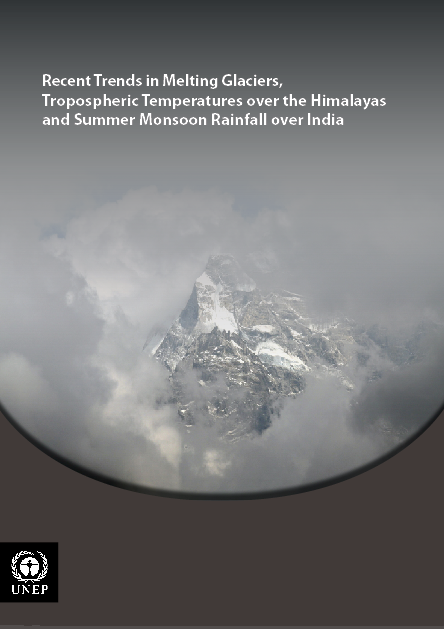
Recent Trends in Melting Glaciers,Tropospheric Temperatures over the Himalayas and Summer Monsoon Rainfall over India
There are growing concerns about the impact melting glaciers in the Himalayas will have on about 1.5 billion people of vulnerable densely populated communities in downstream river basins. Yet there is huge uncertainty about how snow and glacial melting in the Himalayan region will continue to respond to climate change, and how such change will aff ect ecosystems and human well-being.
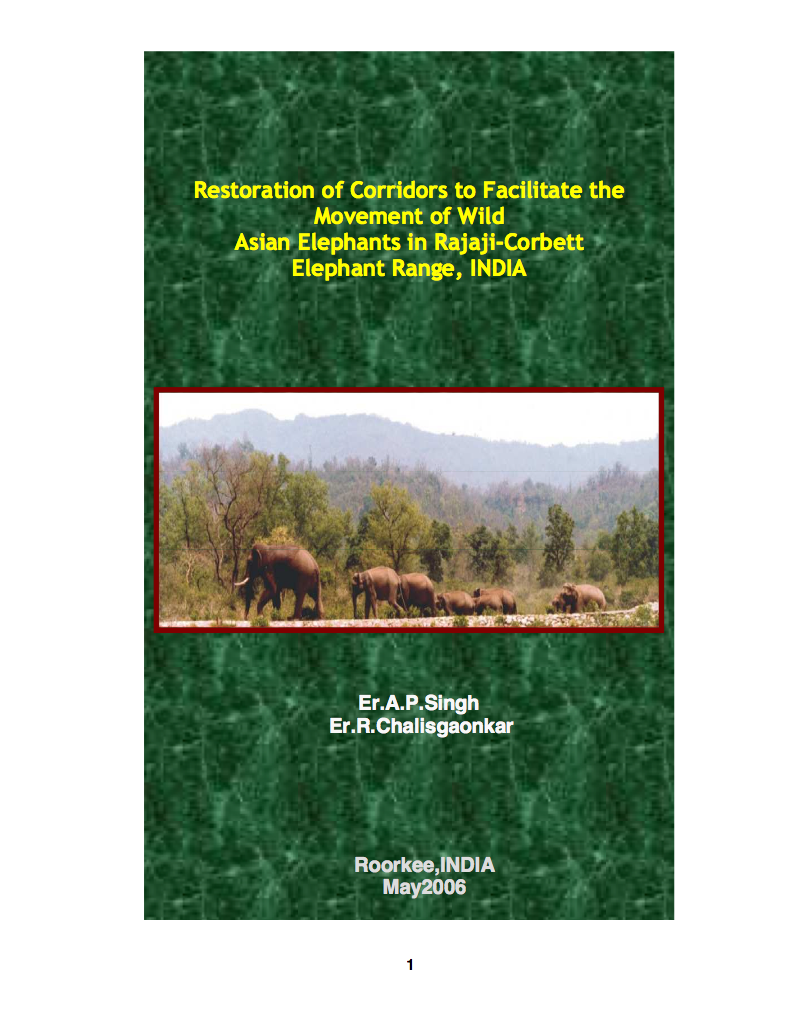
Restoration of Corridors to Facilitate the Movement of Wild Asian Elephants in Rajaji-Corbett Elephant Range, INDIA
The report, Restoration of Corridors to Facilitate the Movement of Wild Asian Elephants in Rajaji-Corbett Elephant Range, INDIA, is about structure modifications and alternatives to facilitate the movement of elephants.
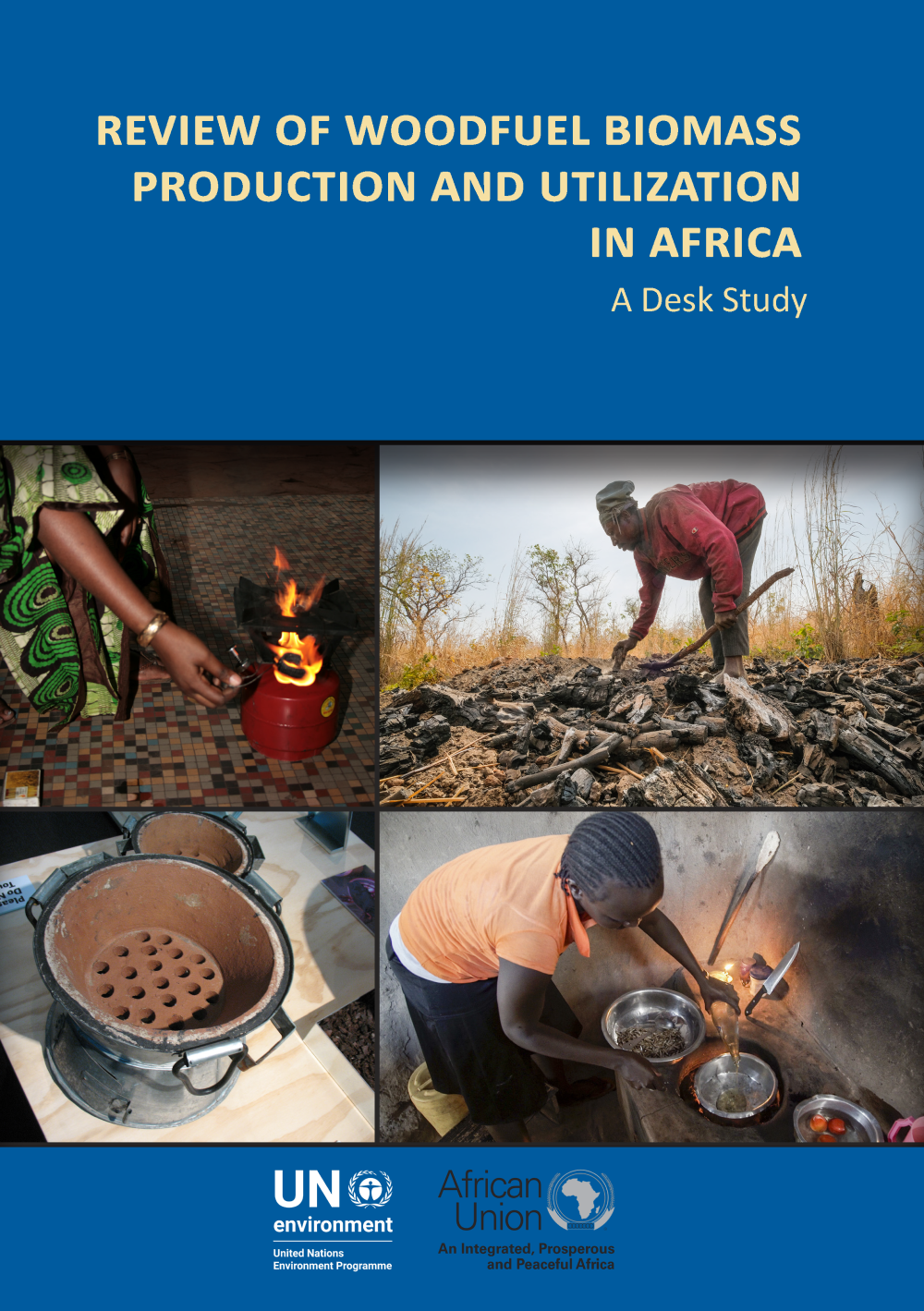
Review of Woodfuel Biomass Production and Utilization in Africa
This desk study establishes the current status of woodfuel use as an energy source in Africa. It also identifies opportunities for using wood energy more sustainably and outlines the key challenges to achieving a sustainable biomass energy production, marketing and consumption system (in the woodfuel and charcoal value chains).

Satellite Images for Land Cover Monitoring Navigating Through the Maze
The focus of this paper is satellite systems for land cover monitoring including a table that compares a selection of these systems, whose data are globally available in a form suitable for land cover analysis.
























